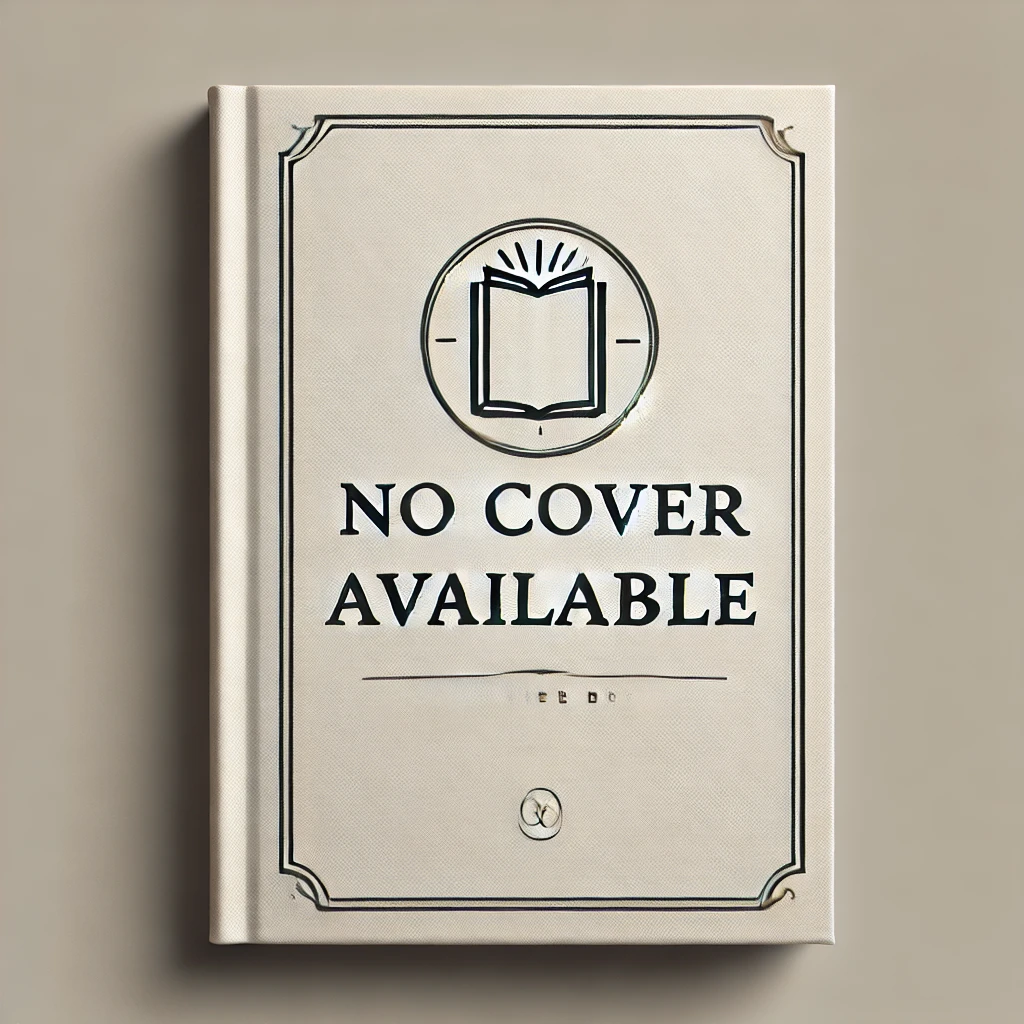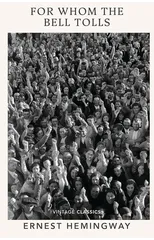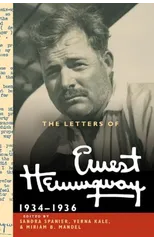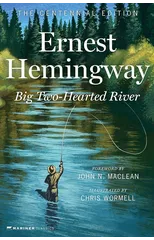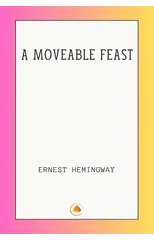The Letters of Ernest Hemingway
Volume 5, 1932–1934 : 1932–1934
(Author) Ernest HemingwayThe Letters of Ernest Hemingway, Volume 5, spanning 1932 through May 1934, traces the completion and publication of Death in the Afternoon and Winner Take Nothing. During this intensely active period, Hemingway hunts in Arkansas and Wyoming, fishes the waters off Key West and Cuba, revisits Madrid and Paris, and undertakes a long-anticipated African safari. He witnesses transitions at home and abroad: the deepening Great Depression, Prohibition-era rumrunning, revolution in Cuba, and political unrest in Spain. His readership and celebrity continue to expand as he begins writing for the new men's magazine Esquire. As the volume ends, Hemingway has just acquired his beloved boat, Pilar. The letters detail these events as well as his relationships with his family, friends, publishers, critics and literary contemporaries including editor Maxwell Perkins, Archibald MacLeish, John Dos Passos, Ezra Pound, and F. Scott Fitzgerald. Together the letters paint an intimate self-portrait of this multi-faceted, self-confident, energetic artist in his prime.
Ernest Hemingway
Ernest Hemingway (1899-1961) was an American novelist, short story writer, and journalist known for his distinctive writing style and portrayal of masculinity. His most notable works include "The Old Man and the Sea," "A Farewell to Arms," and "The Sun Also Rises." Hemingway's writing is characterized by its spare prose, realistic dialogue, and emphasis on themes of war, love, and loss. He is credited with revolutionizing the modern American novel and influencing generations of writers with his minimalist approach to storytelling. "The Old Man and the Sea," a novella about an aging fisherman's struggle with a marlin, remains one of Hemingway's most famous and enduring works, winning him the Pulitzer Prize for Fiction in 1953 and solidifying his reputation as a literary giant.
